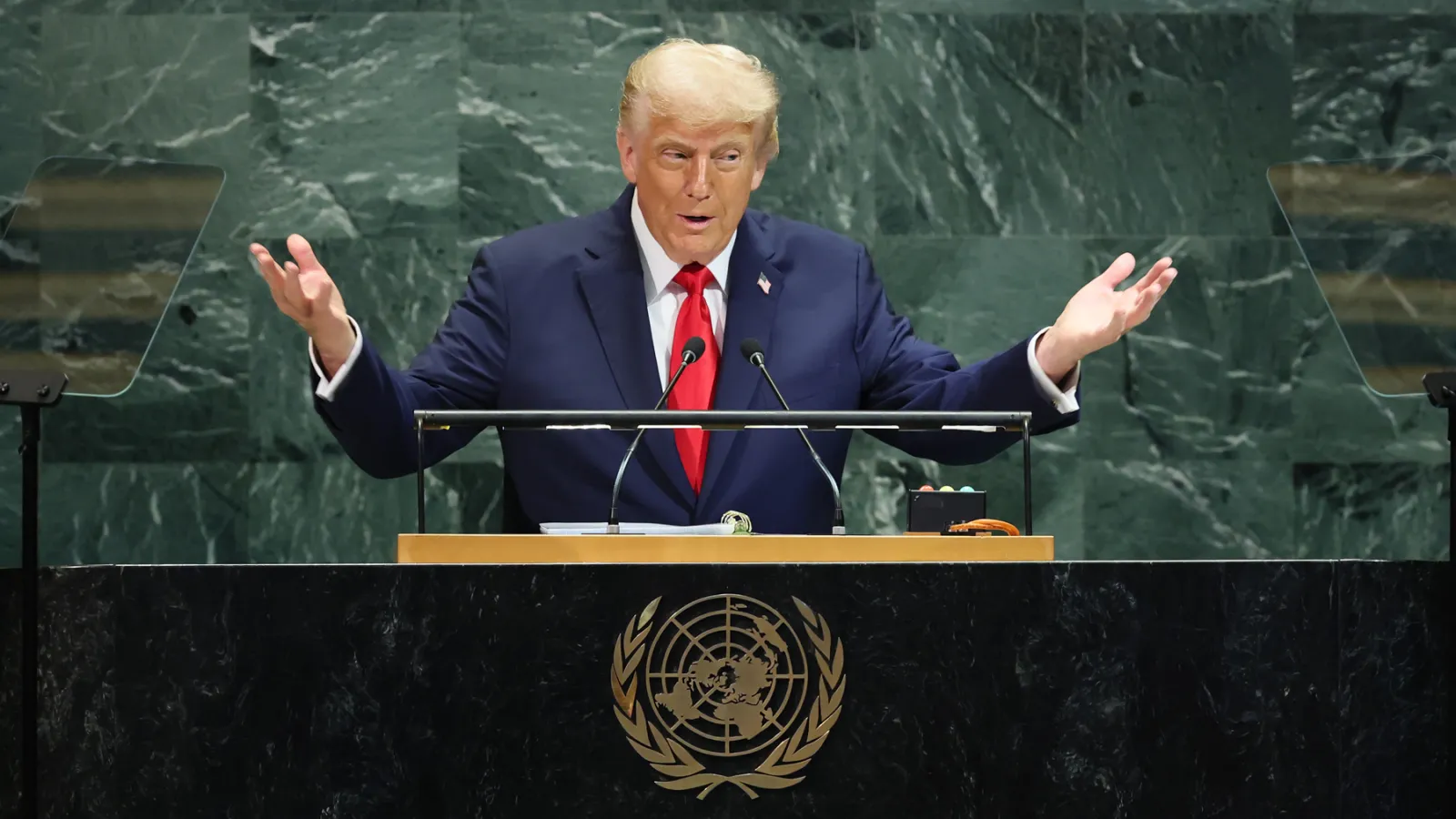An internet connection for your puppy: How petonomics are influencing Chinese consumer trends
By Christopher Chu
Copyright macaonews

The challenges of an ageing society with fewer children are well documented. Declining populations shrink future markets for goods and services while pensions come under strain as a smaller number of incoming workers are unable to uphold welfare programmes for retirees. But as younger families are opting out of parenthood, new family structures are emerging alongside evolving spending patterns, reflecting how time and money is, and might be, spent across China.
Amid a decelerating birthrate, pets are taking the place of children. According to Goldman Sachs, at the current trajectory across China’s major urban cities, a domesticated cat and dog population of 70 million will exceed the 40 million infants under the age of four by 2030. That compares to a toddler cohort of 90 million in 2017, when pets totalled around 40 million.
[See more: Where are the pet friendly eateries in Macao?]
Numerous push and pull factors explain the change. Economics are often cited. In 2024, think-tank YuWa Population Research Institute estimated that the average total cost to raise a single child until the age of 18, on the Chinese mainland, would run 538,000 yuan. In the Hong Kong SAR, expenses hover more than 10 times higher at HK$6 million, or about 5.4 million yuan.
Besides the price tag, cultural and corporate factors are at play, says Lillian Li, vice president and senior credit officer at Moody’s, in earlier comments sent to Macao News.
As fertility rates stabilise, policymakers continue to support childcare subsidies, education waivers, and other household assistance measures to mitigate financial burdens upon younger families. Back in July, Beijing approved new annual grants of 3,600 yuan per child under the age of three. But without improved parental leave, workplace flexibility, and access to affordable childcare, many proposals could fall short of their intended impact, Li explains.
The rise of petonomics
With many choosing to forgo children, households are instead seeking pets for emotional companionship, says Sory Park, a project manager at Daxue Consulting, speaking to Macao News. Domesticated animals no longer hold a utility function, she says. Instead they are seen as an extended member of the family, changing how and where disposable income is being spent, like pet friendly holiday destinations or birthday parties for their furry friends.
Because pet ownership is increasingly becoming a youthful trend, current spending habits are expected to deepen among those driving the market. Almost two-third of China’s pet owners were born after 1990, with the fastest-growing cohort being Generation Zers, or those born after 2000, according to Daxue Consulting, which analysed more than 55 million social media posts in its industry analysis. And since the market is scaling faster than the gross number of pets, spending per pet is climbing, with the consultants estimating China’s dog and cat market to be worth 300 billion yuan last year.
[See more: Officials are hinting at easier rules on bringing pets to mainland China]
That spending commitment is also visible in neighbouring Hong Kong. In a commissioned survey by insurer OneDegree and conducted by independent market research firm Ipsos, pet owners are spending nearly HK$700,000 (640,000 yuan) over the lifetime of their animal companions, with nearly one tenth of those interviewed allocating more than HK$10,000 per month on various pet foods and medical checkups. In Macao, pet owners are even being offered private jet tours to Japan, together with their canine companions.
China’s evolving pet landscape
Given the growing consumption direction for pet-centric items and services, new technology that enriches pet experiences shouldn’t be that far behind. Scientists at the University of Glasgow are developing innovative methods and employing modern technology to enable various species to communicate using smartphones or touchscreen panels, a digital familiarity that effectively brings us closer to an internet for animals.
Presenting at the British Science Festival in Liverpool earlier this month, Professor Ilyena Hirskyj-Douglas, who heads the university’s Animal-Computer Interaction Group, described her work as fundamentally reshaping how different species interact with their environment, empowering them to build intimate connections to each other and to their owners. In 2021, the professor presented a paper entitled Forming the Dog Internet: Prototyping a Dog-to-Human Video Call Device, better known as DogPhone which allowed her Labrador to make, and receive calls from the researcher.
[See more: Pet ownership does not always bring you mental health benefits]
That expanding pet-linked technology is coinciding as families are also changing what kind of animal they’re keeping at home. While Euromonitor forecasts Hong Kong’s pet growth to be tepid, rising at a compounded annual growth rate of just 0.2 percent until 2028, cats will represent the fastest growing pet category at 1.2 percent, surpassing their canine counterparts by 2028, which will decline at 2.0 percent over the same period. The preference for cats over dogs has already emerged in China, Daxue Consulting points out, citing changing lifestyles during the pandemic and the lower-maintenance, space-efficient benefits of cat ownership.
So as pet expenditure continues to climb when the prospects of an animal internet draw near, the idea of your puppy pinging you at work, and vice versa, may no longer seem far-fetched. But with cats replacing dogs as domestic companions, the reality is that even with the direct connectivity and technological familiarity, your feline friend will, most likely, ignore your calls.



